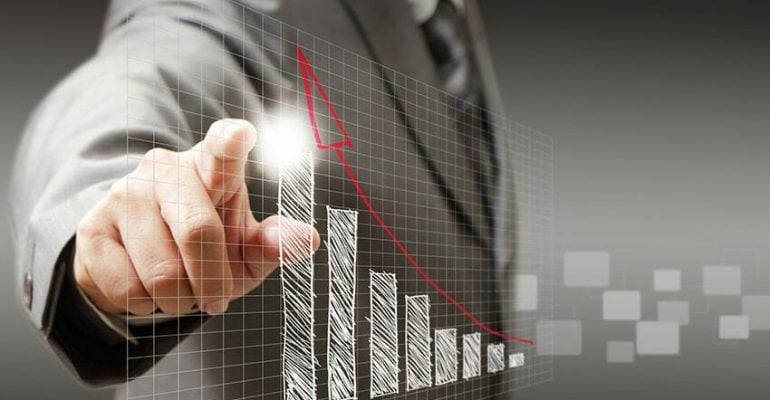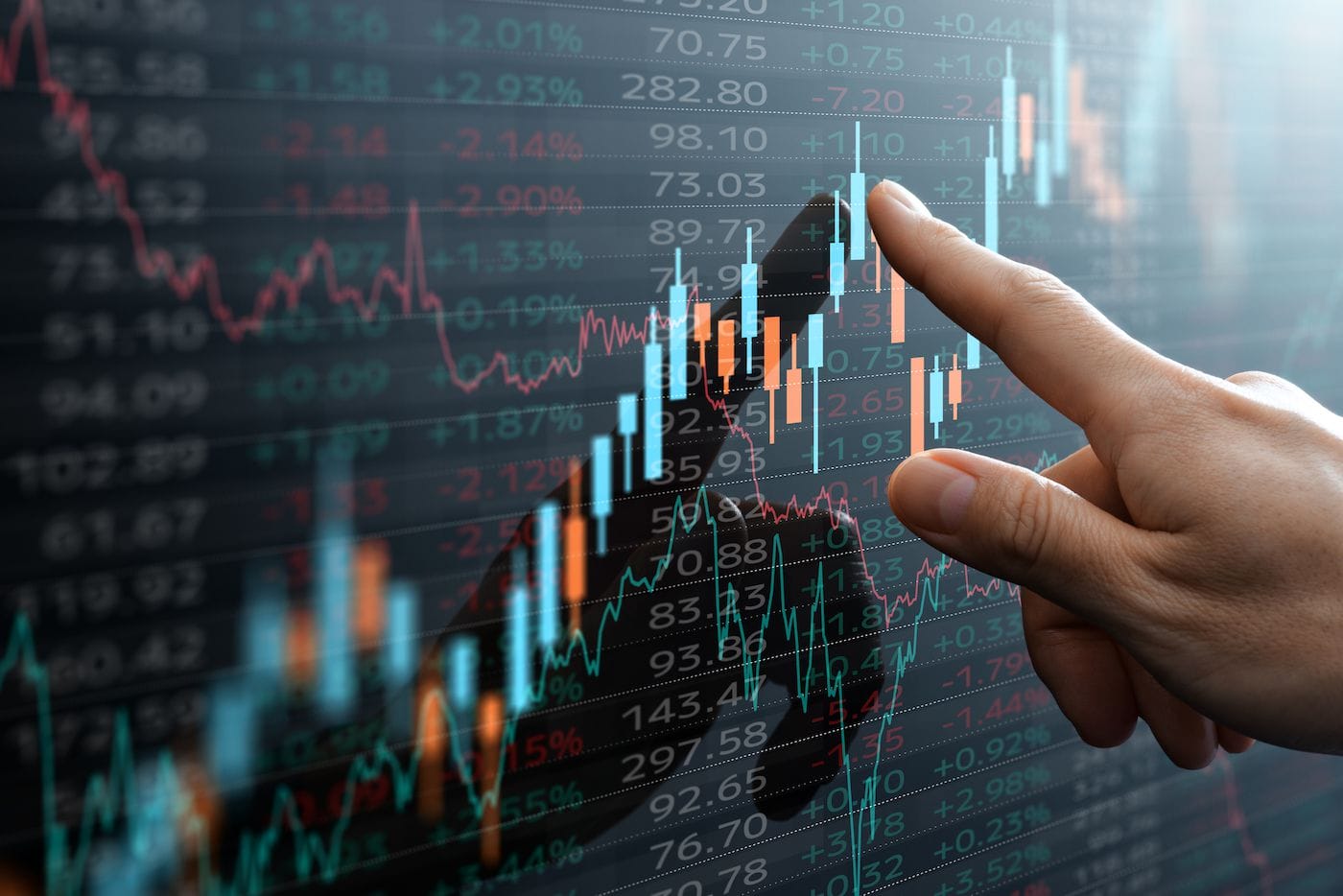Unraveling the Intricacies of the Real Business Cycle and its Far-Reaching Implications
September 25, 2023 2023-09-25 13:20Unraveling the Intricacies of the Real Business Cycle and its Far-Reaching Implications

Unraveling the Intricacies of the Real Business Cycle and its Far-Reaching Implications
Introduction
The world of economics is a complex and ever-evolving web of theories, policies, and dynamics. At its core lies the concept of economic cycles, which play a pivotal role in shaping the destinies of businesses, individuals, and entire economies. Among these cycles, the “Real Business Cycle” stands out as a fascinating yet intricate phenomenon. In this article, we will delve deep into the heart of the real business cycle, exploring its core concepts and the factors that drive it. We will also shed light on the dynamics that impact businesses and individuals and unravel the complexities of this cycle, gaining valuable insights into its real-world consequences.
Understanding the Real Business Cycle
The Real Business Cycle (RBC) theory posits that fluctuations in economic activity are primarily the result of real shocks to the economy, rather than changes in monetary policy or other nominal factors. In essence, it suggests that the economy experiences ups and downs due to real-world events such as technological innovations, changes in labor productivity, or shifts in resource availability.
Core Concepts and Factors Driving RBC
- Technology Shocks: Technological advancements are a central driver of RBC. Innovations can lead to increased productivity and economic growth, while setbacks can result in contractions. Think of the transformative impact of the internet or the digital revolution on the global economy.
- Labor Productivity: Changes in labor productivity can also trigger RBC. A sudden increase in worker efficiency can boost economic output, while a decrease can lead to a recession. Factors like education, training, and skill development play significant roles here.
- Resource Shocks: Natural resource availability can have profound effects on an economy. For instance, a sudden increase in the price of oil due to geopolitical tensions can disrupt supply chains and lead to inflation and recession.
- Government Policies: Fiscal and regulatory policies can influence RBC. Tax changes, government spending, and regulations can either stimulate or impede economic growth. For instance, tax cuts may boost consumer spending and investment.
Implications for Businesses and Individuals
The RBC theory has far-reaching implications for businesses and individuals:
- Business Strategies: Understanding RBC helps businesses anticipate economic cycles. During boom times, they may invest more, expand operations, and hire more employees. During recessions, they may cut costs, reduce hiring, and innovate to survive.
- Employment: RBC impacts job markets. In periods of economic expansion, job opportunities abound. During downturns, unemployment rates may rise as businesses tighten their belts.
- Investment Decisions: Investors must consider RBC when making investment decisions. Recessions can lead to falling asset prices, while expansions can result in soaring stock markets.
- Public Policy: Policymakers take RBC into account when crafting economic policies. For example, they might use fiscal stimulus during recessions to counteract the negative effects of real shocks.
Real-World Consequences
The real business cycle isn’t just a theoretical concept; it has real-world consequences that affect everyday lives. Let’s take a closer look at a couple of these implications:
- Income Inequality: RBC can exacerbate income inequality. During economic downturns, low-skilled workers are often hit hardest, while highly-skilled workers with specialized knowledge and training may be less affected or even thrive.
- Economic Resilience: Countries and regions with diverse economies and robust innovation systems are better equipped to withstand the shocks of RBC. This resilience allows them to recover more quickly from economic downturns.
In Conclusion
The real business cycle is a multifaceted phenomenon, shaped by a myriad of factors, from technological progress to government policies. Understanding its intricacies is essential for businesses, individuals, and policymakers alike, as it provides valuable insights into economic dynamics and their consequences. As we navigate the ever-changing landscape of the global economy, being aware of the real business cycle is a crucial step toward making informed decisions that can shape our economic future.
To gain further insights into the complexities of the real business cycle, watch this enlightening video: https://youtu.be/Q4ZTr9GqdKU






















